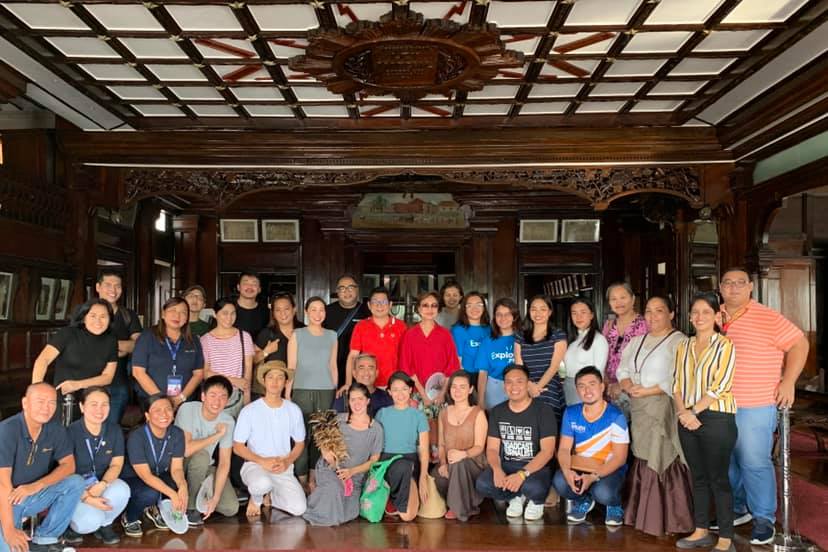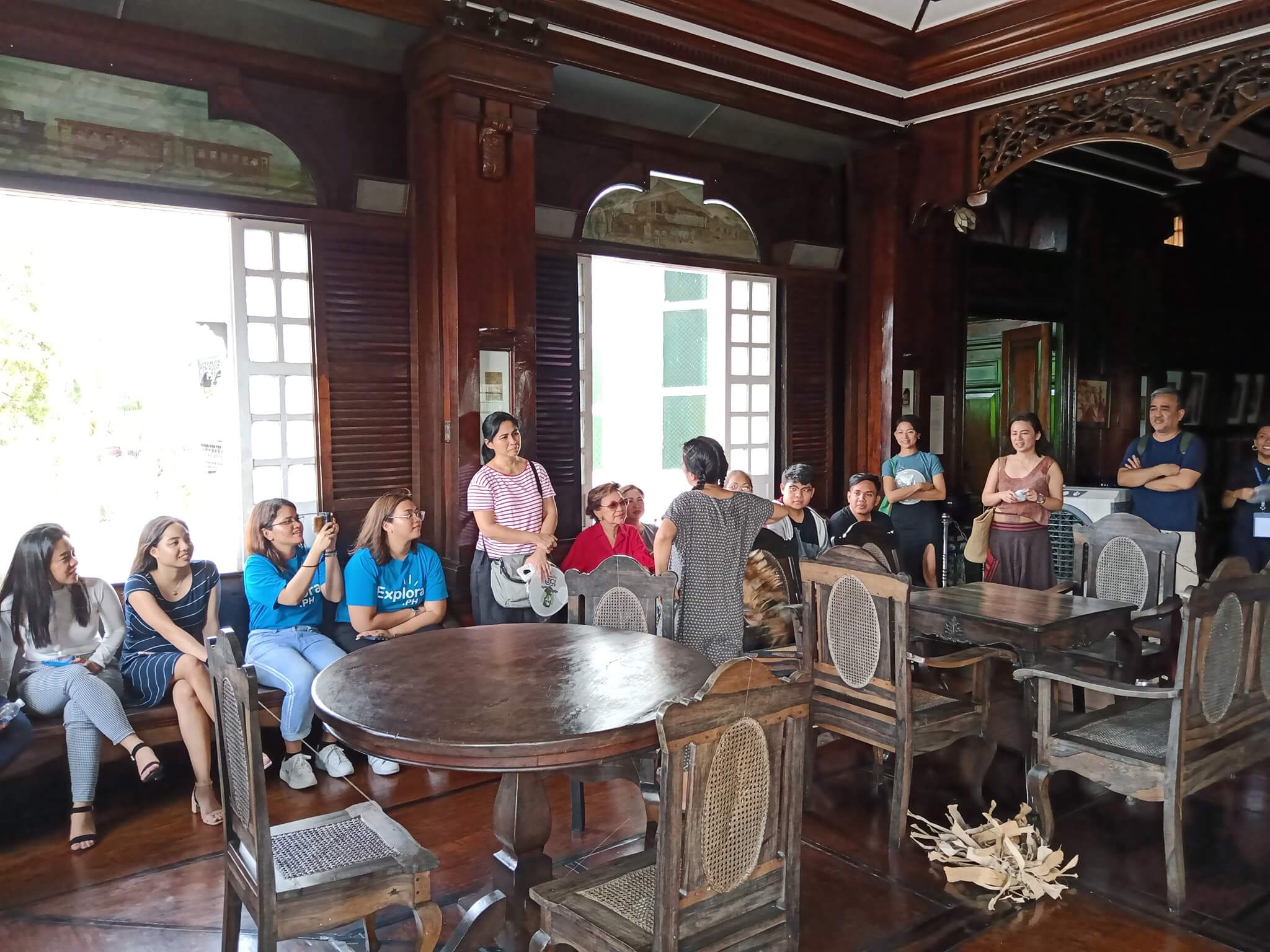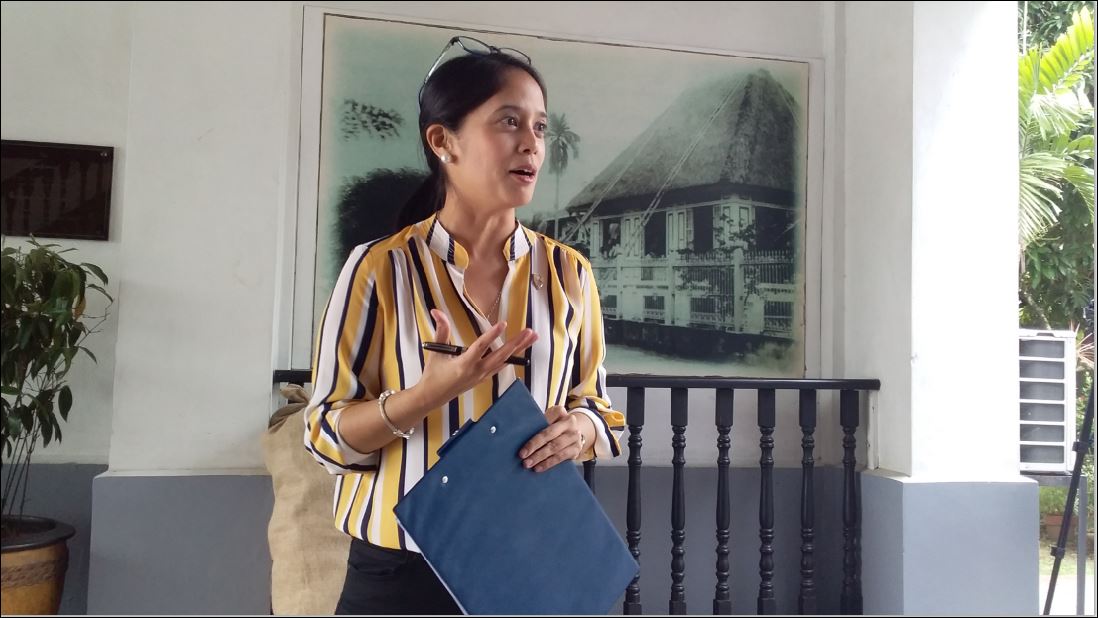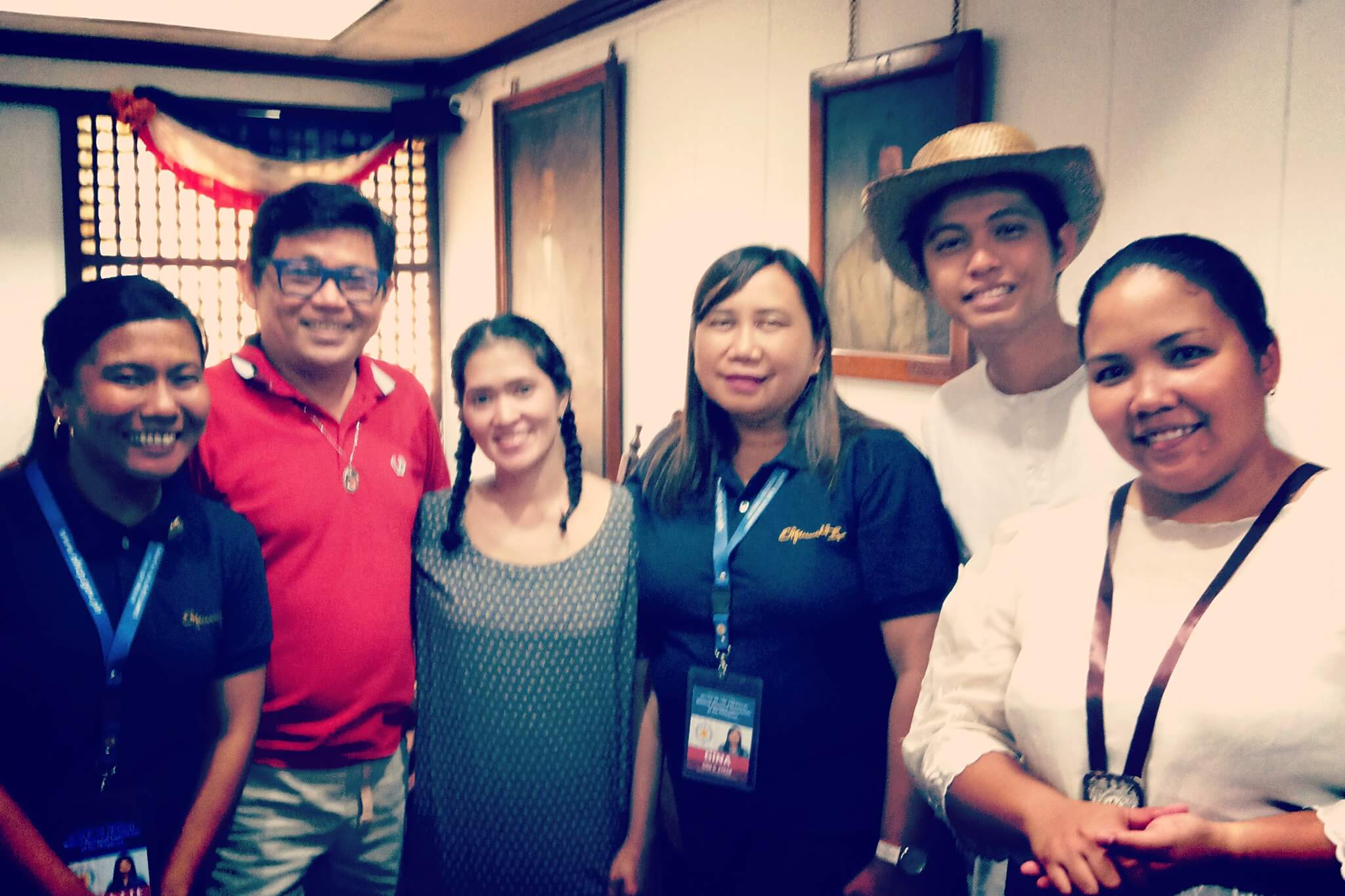
The Philippines’ first Living History Museum Tour in Kawit, Cavite reveals first-person stories of least-known facts about the revolution that gave birth to the declaration of Philippine Independence in 1898.
The first person interpretation tour dubbed “Sa Aming Tahanan (In Our Home)” presents real and composite characters dressed according to their times while telling stories culled from historical records.
The living history tour is a theatrical production but with the stage moving from one area in the heritage home to another spot where a new character meets the visitors.
The uniqueness of the play is that it allows guests to interact with the characters in a no-holds-barred fashion that brings up questions and responses ranging from the trivial to the controversial, much like ordinary personal conversations.
The organizers of the live history tour say it is exactly the intent of the play – to raise discussions of what would otherwise be sensitive topics, in the hope that the reopened wounds from history would result in eventual healing.
The characters in the Living History Tour of Kawit speak in Tagalog but non-speakers should not be deterred as a facilitator translates for visitors who do not speak the local language.
The living history program is the first of its kind in the country and is offered to visitors of the national shrine in Kawit where Philippine Independence was proclaimed in 1898, along with the official presentation of the nation’s Philippine flag and National Anthem, at the Museo ni Emilio Aguinaldo of the National Historical Commission of the Philippines (NHCP).

Good News Pilipinas attended the press familiarization tour of “Sa Aming Tahanan (In Our Home)” in August to experience first-hand the living history experience.
We learned more about the intent of the country’s one-of-a-kind museum tour from Kara Garilao of Fundacion Santiago, co-creator of the tour that is presented by the NHCP, Museo ni Emilio Aguinaldo, and Cavite el Viejo Heritage Tourism Association.
We also talked to NHCP Museo ni Emilio Aguinaldo Curator Paulette Bedruz about the value of the living history tour which was first presented in February 2019 to mark the 150th birth anniversary of the first president of the Philippines.

Good News Pilipinas (GNP): How different is this NHCP collaboration from the other First Person Interpretation projects you created for your community-based heritage tours in Quiapo, Santa Ana, San Juan, and Bolboc?
Kara Garilao (KG): The Live History a.k.a. First Person Interpretation is the very first of its kind in all of the NHCP shrine and properties. It is the first for the NHCP. Wala pa po aking naririnig na ganito sa ibang parte ng Pilipinas. Usually po may historical plays sa ibang lugar pero unique kasi yung question and answer portion for a first-person point of view. Yung tipong sasagot yung tao from a time-bound perspective.
Yung projects sa Quiapo, Santa Ana, San Juan, and Bolboc these are Community Based Heritage Tours. They are not Live history programs just regular tours but they are a form of ‘Heritage Interpretation’. This is a new field of heritage management sa Pilipinas. Heritage (interpretive) tours, live history are just examples of interpretive programs.
GNP: What is the role of Fundacion Santiago in the Live History Tour?
KG: What Fundacion Santiago did is to provide technical and financial assistance to these communities to develop their community-led heritage tours.
For us, malaki ang pasasalamat namin sa NHCP for taking a risk to bring live history to a national shrine. It is an unusual kind of activity. Maybe hard to imagine the educational value but we are so happy that they were willing to take a risk and ‘bring life’ to what people usually imagine to be ‘dusty and cold museums’.
We are also always grateful to Emilio Aguinaldo Shrine which has always been supportive of public-private collaborations that produce new knowledge and enhance appreciation of the shrine, Kawit and empower Kawitenos through heritage tours, live history, and other heritage programs.

GNP: How do you value this kind of living history retelling for your museum?
Paulette Bedruz (PB): As an educational program I think it augments the learning. It’s experiential allowing the participants to look at history beyond dates but as a period where you can learn from. It also allows us to see historical figures as human kaya mas madali to relate to them. The program gives dynamics to learning history and hopefully an effective one for this generation.
GNP: What are the significant responses to your “Sa Aming Tahanan” series that first started in February 2019?
PB: In terms of comments and reactions through our evaluation forms, the program itself, the concept makes them more interested in history. What’s interesting is the modified version of a post-test for students wherein they are asked to give a symbol that represents Aguinaldo, and the answers are very interesting. Nakikinig talaga sila. Even the teachers’ comments when we were able to talk to them afterwards, pag-uwi nila from EAS, yun yung pinaguusapan nila.
CHECK OUT “Sa Aming Tahanan” Live History Tour at the Museo ni Emilio Aguinaldo in Kawit, Cavite, running every other Saturday and offered for free until December 2019. The next Living History Tour is scheduled for August 28. Reservations are booked through their Facebook Page.
TELL US what questions you would like to ask from the people of 19th century Philippines?
Like, Follow, Subscribe to GoodNewsPilipinas.com Facebook, Twitter, Instagram, Good News Pilipinas! TV on YouTube, new story notifications and e-mail newsletters for updates on more Filipino Pride stories.










